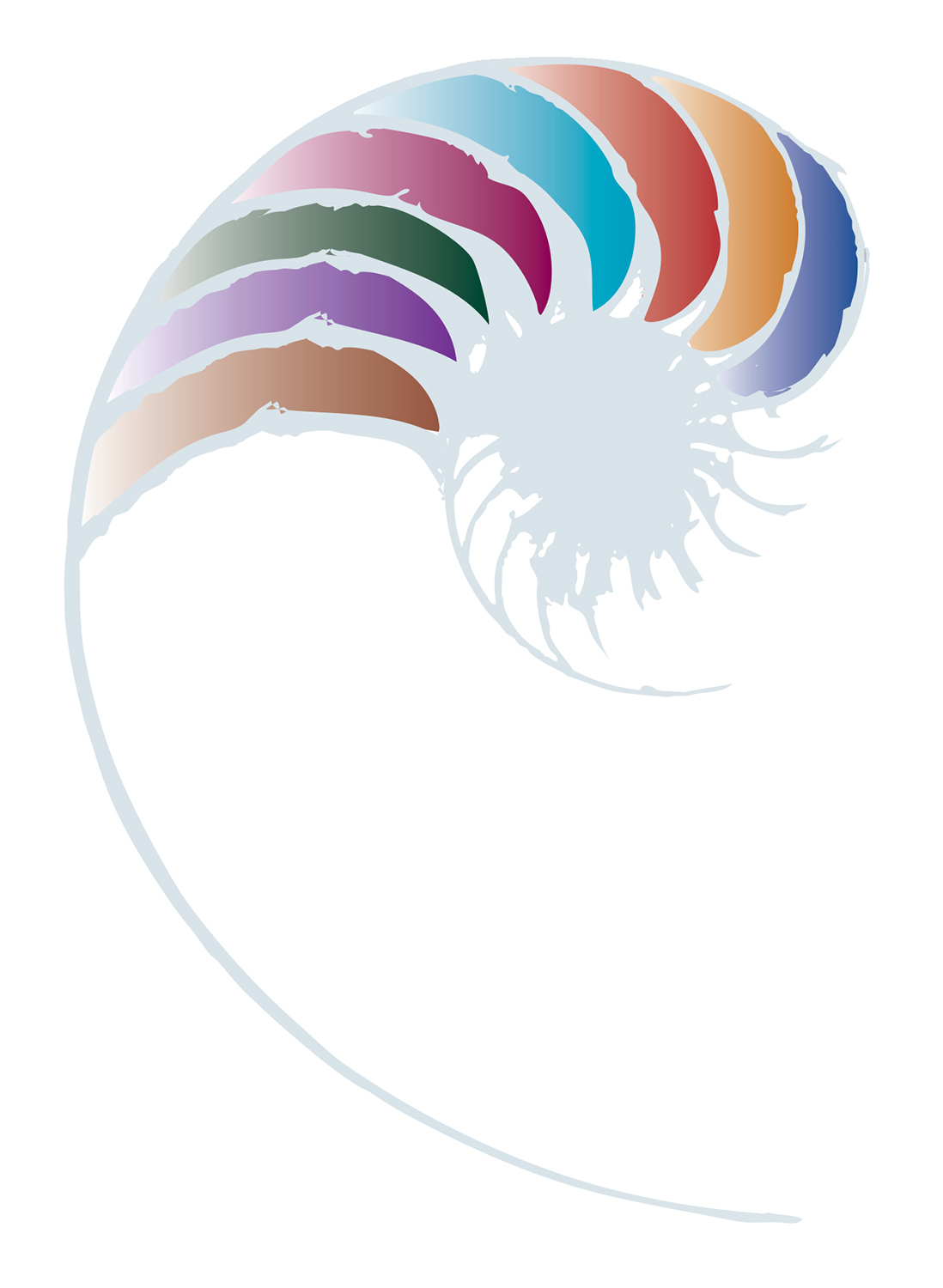
Summer Food – Corn – Taumata 1
Summer Food – Corn – Taumata 1
Ākona te Tau - Hine Raumati
Atua
Rongomātāne
He kai kei aku ringa
Whakapapa
Te whakapapa o Rongomātane.
See the “About this resource” box below to download the resource:
- Rongomātane-Whakapapa.pdf
Pūrākau
Ngā Kōhine e Toru
Retold by Rā Pōmare, translated by Hēni Jacob.
This story can be found in the book Te Whakatipu Kānga, pages 3–9, (Kai Ora 3 resource kit, 2013, item number 710880).
It is also available as an App or PDF: http://hana.co.nz/online/te-whakatipu-kanga/

- He Atua! He Kōrero!
- Kānga
Te Whakapapa o Rongomātāne
See the “About this resource” box below to download the resource: Rongomātāne-Whakapapa.pdf
Ako ā-Kākā
Rote learn the simple whakapapa of Ranginui and Papatūānuku and six of their children.
Ka moe a Ranginui i a Papatūānuku,
ka puta ko Tāwhirimātea, ko Tūmatauenga, ko Tānemahuta, ko Tangaroa, ko Rongomātāne, rātou ko Haumiatiketike.
Rongo is …

What you need
- ‘Rongo’ pictures from magazines (or other sources)
- White card with ‘Rongo’ words written on them (that match the pictures you’ve sourced)
- Scissors
- Glue or tape
- Felt pens, coloured pencils, crayons
What you do
- Write ‘Rongo’ words onto strips of white card. Possible word list:
- Māra kai
- Hua whenua
- Kūmara
- Hua rākau
- Rongomātāne
- Kō
- Kāhere
- Oneone
- Āiō
- Rongo
- Mauri
- Collect pictures that represent Rongo (word list and pictures should match). Possible pictures:
- Rongomātāne
- Peace symbol
- Different fruit
- Different vegetables
- Gardens
- Garden tools
- Draw a large outline of Rongomātāne onto a length of brown paper (butcher’s paper or similar) and cut it out.
- Students choose a picture they like and teacher gives them the matching word. Students cut out/trim their picture.
- Students colour in their ‘Rongo’ word.
- Stick all the Rongo pictures onto the Rongo shape. Hang it on the wall with all the colourful ‘Rongo words’ surrounding it.
Ka Pīoioi
Learn the waiata and perform it at your corn hākari!
Nau mai e Rongo
Learn and recite the karakia. Encourage students to recite the karakia at the start of each morning and afternoon, and before shared meals.
Nau mai e Rongo
Nā Nuki Tākao i tito.
"Nau mai e Rongo
Tau mai e Rongo
Tau mai ko te āiō
Tau mai ko te aroha
Tau mai ko ngā hua o te ora
E Rongo whakairia ki runga
Kia tina, tina
Hui e. Tāiki e."
Focus on unfamiliar words:
- Tau
- Nau
- Āio
- Hua
- Rehua
Syllable Number Run
- Take this game outside.
- Place a 1 in one area, a 2 in a different spot, and a 3 in a third spot.
- Shout a word and have them run to the number that represents the correct number of syllables.
- Say the word slowly, broken down into syllables.
Syllable Claps
- Start by clapping the syllables for Rongomātāne, i.e. Ro-ngo-mā-tā-ne. Ask the students to clap along with you … slowly!
- Students stand in a circle. Go around the circle clapping out the syllables in everyone’s names. Make sure everyone knows how many syllables are in their name.
- Make a line of students based on the syllables in their names! I.e. “Get into the line if you have 1 syllable in your name … get into line if you have 2 syllables in your name … etc.
- “If you have 1/2/3 … syllables in your name, please get in line.”
- You could do this exercise when you are getting ready to go outside, going to lunch etc.
He kai kei aku ringa
- Practice the whakataukī with the whole class and learn it by heart. Talk about what it means and when it can be used.
- Students draw around their hand and forearm on a large sheet of paper and colour it in with crayons and/or felt pens.
- Glue the hand/arms around the edges of a larger piece of paper that has the whakataukī on it – He kai kei aku ringa.
He kai kei aku ringa
- Practice the whakataukī with the whole class and learn it by heart. Talk about what it means and when it can be used.
- Students draw around their hand and forearm on a large sheet of paper and colour it in with crayons and/or felt pens.
Glue the hand/arms around the edges of a larger piece of paper that has the whakataukī on it – He kai kei aku ringa.
Possible Assessment Opportunities
Students can:
- Recite a whakapapa that includes Ranginui and six of their children.
- Students participate in class art review. Students review their own artwork by answering these questions (or others):
- What did you enjoy most about this art activity?
- What do you like the most about your artwork?
- What new thing did you learn from doing this artwork?
About this resource
Taumata: Taumata 1
Wāhanga Ako: Te Reo Māori, Ngā Toi, Pūtaiao, Tikanga ā-Iwi, Hangarau
Kohinga: Ākona te Tau - Hine Raumati


















